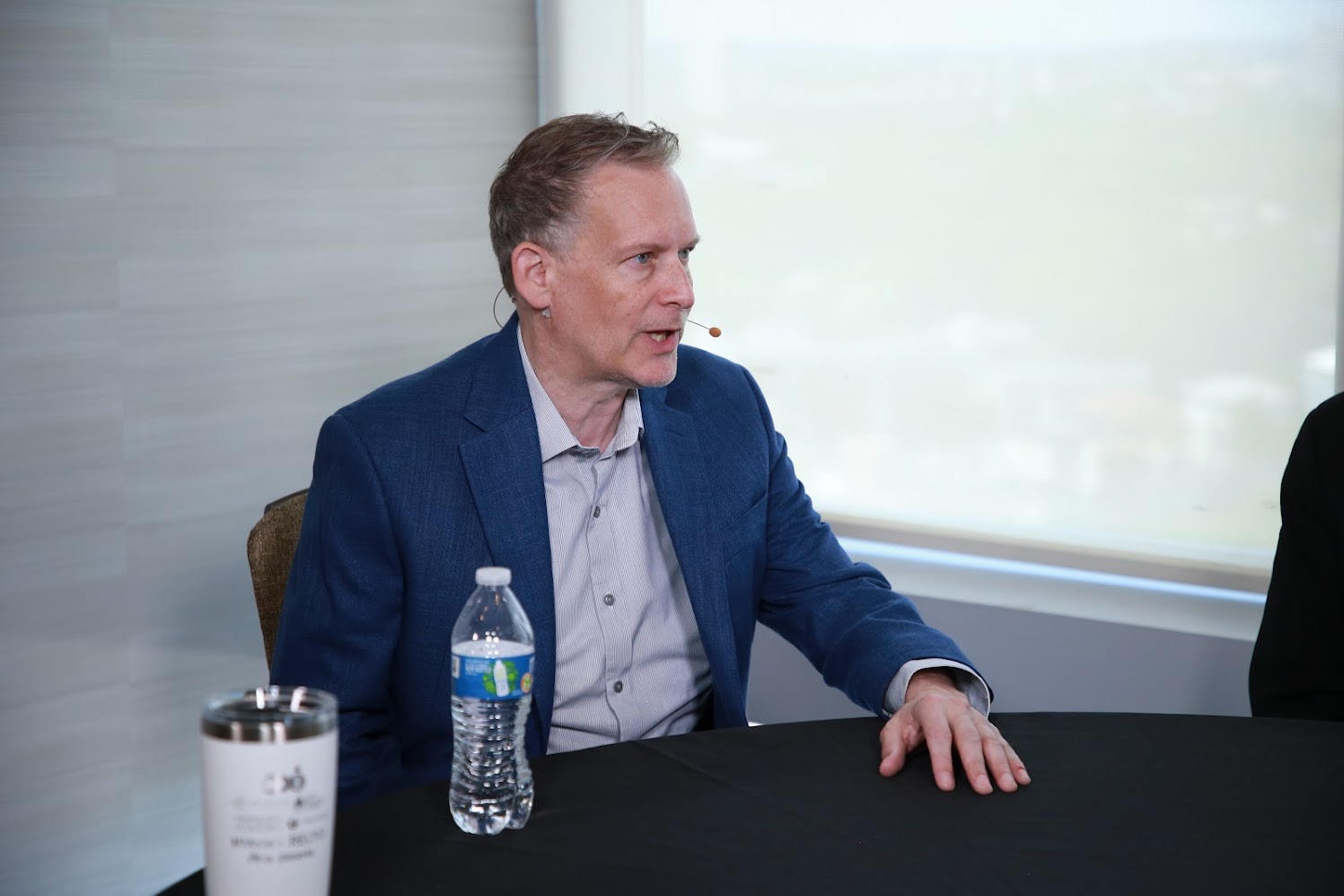 CLOUD
CLOUD
 CLOUD
CLOUD
 CLOUD
CLOUD
With more than 25 exabytes of data under management, Cloudera Inc. has staked out its position as a central player in the delivery of enterprise artificial intelligence, automation and advanced analytics. The company’s approach is what it calls a true hybrid model, a solution that provides the foundation for building and deploying AI applications.

TheCUBE on set at CDOIQ 2024.
“True hybrid … is where you have harmony in a multiplicity of environments, where the environments are working cohesively together to allow you to democratize data effectively and to generate insights,” said Shayde Christian (pictured), chief data and analytics officer at Cloudera. “I want to build a workload one time, and I want to run it anywhere in the world on one platform. We’re the only true hybrid company in my opinion.”
Christian spoke with theCUBE Research’s Dave Vellante and Sanjeev Mohan at the CDOIQ Symposium, during an exclusive broadcast on theCUBE, SiliconANGLE Media’s livestreaming studio. They discussed Cloudera’s role in data management and support for AI models.
Enterprise interest in true hybrid models has been driven by AI adoption for a wide range of use cases. This has led some research analysts, most notably Gartner Inc., to forecast that IT spending will be lower than expected this year as the cost of investing in generative AI tools begins to impact company finances. Could this lead to a pullback in enthusiasm for generative AI?
“Our customers have been employing AI in Cloudera for some time and are achieving massive amounts of business value,” Christian said. “If you need to develop a landscape of Nvidia architecture to build your own large language models to do A, B and C, then you are probably going to overspend and underdeliver. But there are so many ways to employ generative AI cost effectively and for good use cases.”
Christian offered an example of how one use case is already making a difference for people who are affected by natural disasters.
“There’s an insurer who looks at training AI models to recognize from satellite images how devasted an insured home is after a natural disaster,” Christian said. “The AI models offer that to an individual saying, ‘Do you agree?’ An ACH payment is cut the next day to repair the cost of that home.”
Here’s the complete video interview, part of SiliconANGLE’s and theCUBE Research’s coverage of the CDOIQ Symposium:
Support our mission to keep content open and free by engaging with theCUBE community. Join theCUBE’s Alumni Trust Network, where technology leaders connect, share intelligence and create opportunities.
Founded by tech visionaries John Furrier and Dave Vellante, SiliconANGLE Media has built a dynamic ecosystem of industry-leading digital media brands that reach 15+ million elite tech professionals. Our new proprietary theCUBE AI Video Cloud is breaking ground in audience interaction, leveraging theCUBEai.com neural network to help technology companies make data-driven decisions and stay at the forefront of industry conversations.